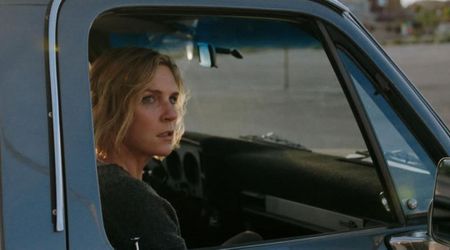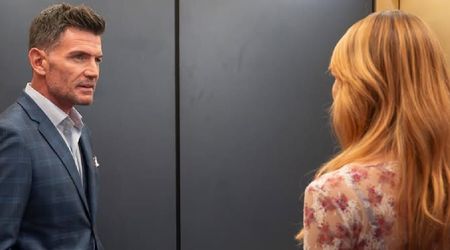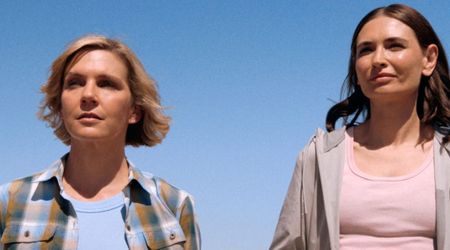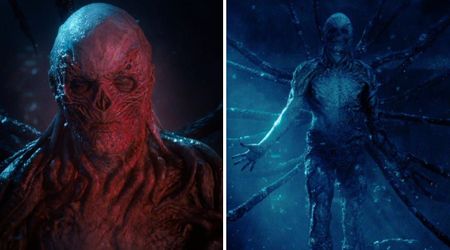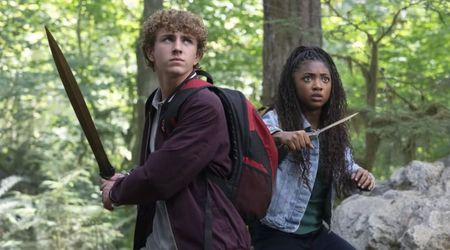HBO's 'Our Boys' navigates the ethnic, religious and racial faultlines in Israel with masterful precision

HBO's 'Our Boys' follows real-life events when it comes to depicting the procedural elements of the show, but dramatizes the interactions between key players. It imagines the conversations and interactions between Mohammed (Ram Masarweh) and his family before his abduction and killing. It also peeks into the homes of Simon (Shlomi Elkabetz), the Shabak investigator, and Avishai's (Adam Gabay) radical uncle, Yosef Haim.
A meditation on identity and culture and its insidious roots in nationalism, 'Our Boys' can be unpacked more thoroughly once the viewer understands the faultlines that run through Israeli society. 'Haaretz', a Jewish liberal paper, reveals that the cultural clashes depicted in the series are driven by key identity markers like Jew Vs Arab, Right-wing Vs Left wing, secular Vs religious, the Ashkenazi (Germany/Northern France roots) Vs the Mizrahi (Middle Eastern descent).
In the US, Ashkenazi Jews are the norm, having migrated to America to escape the Holocaust. But Israel's Jewish population is far more ethnically and racially diverse. Besides the Ashkenazi and Mizrahi, there are the Sephardim, the Jews of Iberia and the Spanish diaspora, and the Ethiopian Jews.
Faultlines have emerged over the question of inclusion with Ashkenazi Jews dominating leadership roles in public institutions with higher literacy rates and qualifications. For much of Israel’s history, Sephardic and Mizrahi Jews were disproportionately underrepresented in the government and were less likely to go to university, despite comprising half the population.
Mizrahi or Eastern Jews are also closer racially to Palestinians with whom they shared the land that is now disputed. The show focusses on Simon and Avishai's ethnic background as Misrahi Jews, which includes Avishai's ultra-Orthodox Haredim community. Simon is the rare secular Mizrahi Jew, surrounded by Ashkenazi co-workers, in Shabak, the country's internal security service based out of West Jerusalem.
Avishai, whose family are adherents of Haredi Judaism, battles his constrictive and demanding life as a yeshiva (religious school) student in West Jerusalem. After he quits his previous yeshiva because he is depressed, his father takes him to a new one. There, the rabbi (Jacob Cohen), in collusion with his father, pressures him to resume his religious studies to reach his true 'potential'.
Later, we see the same rabbi turn up for a circumcision ceremony at a family gathering in Simon's brother's house. Simon's home is simple with austere and basic furnishings, marking his status as a single man married to his job. His brother's house looks more lavishly designed and decorated, befitting his status as a prosperous family man.
Avishai's uncle, who has rejected the ultra-Orthodox dress and mannerism of his Haredim community, lives in an isolated house in the West Bank. In many ways, his home resembles Simon's 'secular' aesthetic.
Mohammed and his family live in the Shuafat, a mostly Arab neighborhood of East Jerusalem, which is part of the West Bank. Shuafat was included in the municipal boundaries of Jerusalem after its occupation in 1967. Though the neighborhood is connected by the Jerusalem Light Rail to the rest of the city and is undoubtedly more prosperous than the nearby refugee camp, it is less urbane and developed compared to West Jerusalem. The street corners where Mohammed hangs out with his friends has shops with Arabic signs and is patrolled by the Israeli police.
The interiors of Mohammed's house are smaller, with chipped doors. But there are some markers of wealth like a flat-screen TV to show that Mohammed's family is relatively well-off. The furniture is also heavier, ornate wooden pieces compared to the more stark, modern furniture in the Jewish homes.
The family eats a simple Ramdan meal together in a close huddle from the same platters. In contrast, the gathering at Simon's brother's house is a more lavish affair that includes relatives and guests all invited to the ceremonial event. The lighting in most of the scenes is naturalistic with a predominance of close up or mid shots on the actors' faces, wanting to catch even the slightest inflections in facial expressions.
The mise en scene of 'Our Boys' often delves into how these cultures (and respective territories) are divided by walls and security checkpoints, with cameras recording the movement of citizens obsessively. It is the price of living with conflict for decades with no resolution in sight.
.


